I stumbled upon Chandler O’Leary’s Drawn The Road Again travel blog thanks to one of my favorite daily reads, HonestlyWTF. As Chandler journeys from coast to coast, her memories transform into pen, ink, and watercolor onto the pages of her many moleskin notebooks. In drawing these experiences, she honors their temporal beauty more than she ever could with just a mere photograph. The simplicity of this act is a pure revelation; paying homage through expressive representation is a tradition that goes back to the origin of art itself. With new media flying around every day, we often forget how meaningful these artistic forms can be. They serve as a relic of the cultural and physical landscape we so take for granted. They remind us that in order to cultivate and preserve memories, we must pause, absorb, and reflect. This obviously comes second nature to Chandler, but her choice to share this passionate diary is as courageous as it is generous. She invites us into her personal history and her marks guide us through a romantic look at places and things we may have never noticed on our own. I’m so thankful that she took time out of her busy travels to connect with me and I hope you feel as enlightened as I do by her sincerity and dedication to her craft.
Describe what your work is about in one sentence.
I document my life and travels via sketchbook drawings, in order to create a record of where I’ve been and what I’ve experienced.
What’s your favorite object to draw?
Lettering. I’m a fiend for type (I’m a lettering artist in my “normal” professional work), so I’m always on the lookout for found typography, hand-lettered signs, vintage neon and street lettering. There’s a treasure trove of beautiful lettering out in the world, and some of the best stuff was done by people who were never trained as an artist or designer.
What are your top five favorite cities in the US? How about abroad?
This is hard to answer, as I love so many places, but think in the US it’s San Francisco, Boston, Seattle, Asheville (NC) and New York. Outside the US, I’m going to have to go with Montreal, Prague, Paris, Venice and Rome.
I imagine you meet a lot of interesting people on the road. Have you made any long-lasting connections and friendships through your travels?
I do meet a lot of wonderful people on my travels, but many of them are one-time chance encounters. However, because I’ve also lived in many different places, and many of my friends have also lived nomadic lives, I have the privilege of having someone I know, nearly everywhere I go. There are so many places (both in the US and abroad) that I could visit and find a friend to reconnect with, or a conversation to reconvene, or even just a couch to crash on. It’s really an amazing feeling to come to a new place, and to know there’ll be someone you care for waiting for you there.
The images you create in your sketchbooks read like such vivid memories of things long past. How do you choose your subjects? Do you envision your layouts before they come to fruition?
There are a few things I’m always on the lookout for, like lettering (see above), interesting architecture, cheesy roadside attractions, etc. And I try to do at least some research before I visit a place, so that I don’t miss “the good stuff” just by not knowing it’s there. But mostly I just try to keep my eyes open, and stay on the lookout for interesting sights and landmarks. Many of my best drawings are of things I wasn’t looking for specifically—so I try to stay alert in case of serendipity (which can be hard sometimes, when you’re tired from traveling and seeing new things all the time). As far as my layouts, I don’t do a whole lot of planning ahead of time. However, once I’m in front of whatever it is that I’m drawing, I tend to put a lot of thought into the composition of the page—that way the finished sketch becomes more of a stand-alone, finished piece of art. Sometimes I’ll walk all the way around a subject to find the best or most interesting angle before I start drawing. Other times I’ll leave room on the page for similar subjects that I know I’ll want to add later. It’s hard to put into words, but basically, I do bring a designer’s sensibility to the table when I’m sketching. I think of the entire page as being my “picture plane”—instead of just jotting something down in the middle of a blank sheet, I think of how my sketch will fill the layout as a whole. I think that creates a more cohesive look to my drawings.
Does The Tailor influence your drawing and if so, how?
Sometimes he does—both directly and indirectly. Sometimes when we see something he’s really interested in, he’ll actually ask me to make a sketch of it. Sometimes it’s his interest that gets me to notice something in the first place. I’ll kind of walk right past something without really considering doing a drawing of it, but then he’ll stop and look closer, which gets me to rethink and look again. And I’d love to draw *him* more often, but I also know that he’d rather stay anonymous online. So sometimes there’s this balancing act of including him in a drawing but also cropping creatively or choosing a more “anonymous” pose for him—especially now that I know that anything I draw might end up online at some point.
Was there a defining moment in your life when you knew that drawing/art would be the focus of your life’s work?
My parents like to tell people that I’ve been drawing since I was old enough to grip a pencil—it’s just always been part of who I am. But for most of my life I’ve been around people who see sketching as “unfinished” or preliminary work—and I’ve always kind of struggled with that, because my ideas there are different than what seems to be the norm. But I had one glorious year of living abroad in Rome (when I was a student at RISD), where my only responsibility was to keep a sketchbook, and where the sketchbook was treated as a stand-alone art form. It was a revelation, and it really informed the way I work now. When I left school and had to support myself with my work, I kind of hid my sketches away—for years and years, actually—to focus on “steady” or “respectable” design and fine artwork. But now I’m at a point that A) I have so many finished sketchbooks that it’s silly to keep them under wraps; B) my ornery side has come through, and I no longer care if my work is seen as “real” or “serious” or not, as long as it’s what I love to do; C) my friends have been nagging me for years to put my drawings out into the world, and I finally listened; and D) I’ve noticed that people really respond to drawing, and that there really *is* an audience for the kind of work I’m doing.
What was the best thing you learned at RISD during your studies there?
This is also hard to narrow down, as I learned a lot of invaluable skills and habits there. But I think discipline and the wherewithal to juggle multiple projects and deadlines is a big one—because that’s simply reality. I almost went to a liberal arts college instead, because it was on the Block System (where you take just one class at a time and work in an immersion setting), and that was really attractive to me. But I’m so glad I didn’t do that, because as much as I would *love* the luxury of immersing myself in one project at a time, I have never experienced that in real life—not once. The life of a freelancer (or even a staff designer or artist, who does their own work on the side) is such that you’re always juggling multiple clients, deadlines, projects and pieces, as well as the self-promotion that goes along with all of that. I think I would have gone mad long ago if I didn’t learn that discipline in school.
The other thing really crucial that RISD taught me is the art of composition. Like I mentioned earlier, about composing each page in my sketchbook, good composition is really essential to making a piece successful. And it’s like a muscle—if you exercise it enough, you become strong. I spent so many years honing my composition skills in school that it’s a kind of instinct now—and one I’m so thankful to have.
What have you learned since graduating that you wish you would have learned in school?
Oh, man. It’s a laundry list a mile long, but everything on that list seems to fall into the category of running a business. RISD actually has a dual program with Brown University now, and I think it touches on a lot of the business-end stuff, but none of that was available to me when I was a student. I was never told that independent artists are small business owners—that there are a whole host of business skills you need to make this stuff work. It’s not just taxes and things like that, either—there’s a whole host of stuff I’ve had to learn to do on my own, from legal issues to liability insurance, from self-promotion and marketing to copyright issues, from licensing to wholesale to public art, etc. People tell me I’m pretty good at managing the logistical stuff, but I have never quite been able to shake that feeling of flying by the seat of my pants. It would have been nice to have some sort of formal grounding in the business side of the art world.
The other thing is that I majored in Illustration, but my professional work and interests straddle a whole bunch of different categories: printmaking, book arts, graphic design, photography, theatre, writing, etc. When I was in school, it was very difficult to take anything more in-depth than an introductory course outside of my major; all the disciplines were segregated. But that’s not how RISD used to be structured (several decades ago illustration, photography and design were all one big department), and that’s not how things work in the real world. When I was a student, I fought to take a wide variety of classes, simply because I was interested in different disciplines; and I’m so glad I did, because I use basically everything I ever studied in my work now. I wish it were easier for art school students to do cross-disciplinary work; or at the very least, that I would have known then that I *wasn’t* crazy to be interested in all this seemingly different stuff!
You’ve done a number of creative stints – from the set-building to the letterpress and so on. Is there anything you would change about your experiences if you could re-live them?
Actually, I don’t think so. I’ve been very fortunate in that I’ve been able to do pretty much everything I’ve been interested in doing. Somebody told me long ago that “nothing is ever wasted,” and that’s so true. The skills I learned from building theatre sets now serve me well when doing public art projects. The crappy production designer job I had for six months at a tractor decal plant in North Dakota taught me nearly everything I needed to know to get into letterpress printing. Even stocking shelves at a grocery store in high school taught me about packaging design and got me interested in vintage fruit crate labels. I’m living proof that every experience you have, no matter how pointless or random it might seem, will give you some sort of skill or nugget of information that will help you in your future endeavors—and might even lead you to what you truly love to do. My path has been longer and windier than many others, but as it has led me to exactly where I want to be, I wouldn’t change any of it.
And if you could change anything about yourself… would you?
Oh, sure. I’m one of those people who is really self-critical, and who obsesses over that dumb thing I said, or the way I handled a situation, or how goofy I looked, etc. But the biggest thing I might want to change, if I could, would be to be a little more extroverted. My acquaintances never believe me when I tell them this, but I’m actually quite introverted. Maybe that’s why I love sketching so much—I’d much rather be the person observing a scene from a hidden corner, than being at the center of it. But that also means that I’ve made some choices along the way, especially in my travels, that made for a different experience than it would have been if I’d been more outgoing. I don’t know if this makes any sense—but who knows how different my stories would be if I’d jumped right in and talked to so-and-so, or put myself front-and-center at an event, etc.? I don’t know if I would want to be very different than I am now, but I do wonder what my work would be like if I was more of a catalyst than an observer. (Who knows? Maybe I wouldn’t draw at all, and none of what I do would ever have happened!)
In a perfect world, where would you and your work be in five years time?
I would love for my sketchbook work to move from being a side project to becoming the primary thing I do. I don’t exactly know what that would entail (commissions, book work, etc.), but I’d love to focus the majority of my energy on my drawing, rather than what’s leftover after my other projects.
What advice would you give to the young creative entrepreneurs and artists of today?
Spend your energy doing and developing the thing(s) you love the most, rather than what you think you “should” be doing. Of course there are common-sense things like paying the bills and balancing your work/home life—but if you can put your time into honing the work you really *love* to do, that’s what people are going to respond to. And work leads to more work—if all anyone sees are those corporate Powerpoint templates (for example) you keep getting roped into doing, it’s just going to lead to more Powerpoint templates. If nobody knows that you secretly create masterpieces in wooden puppetry (again, for example), work in that category will never land in your lap. Would you rather be known for that thing you love to do, or the work you’re good at but hate doing? Do what you love, learn to do it well, and put that work out there into the world: your audience will come.





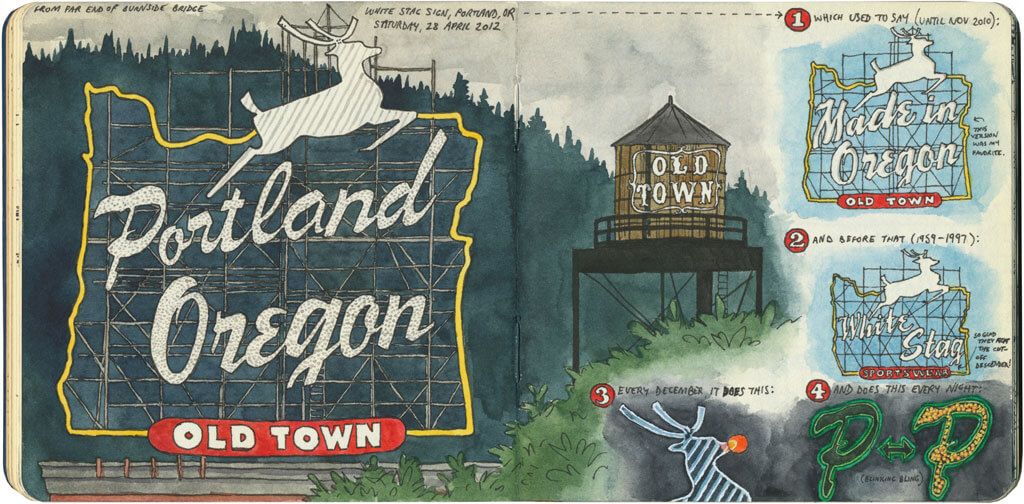
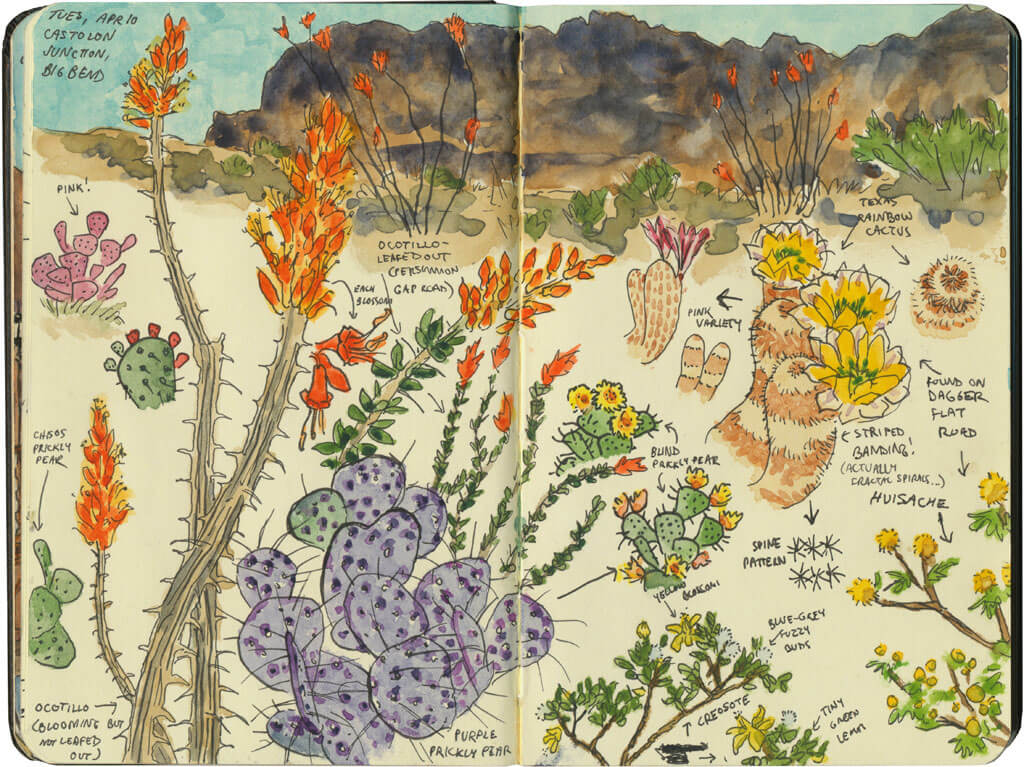
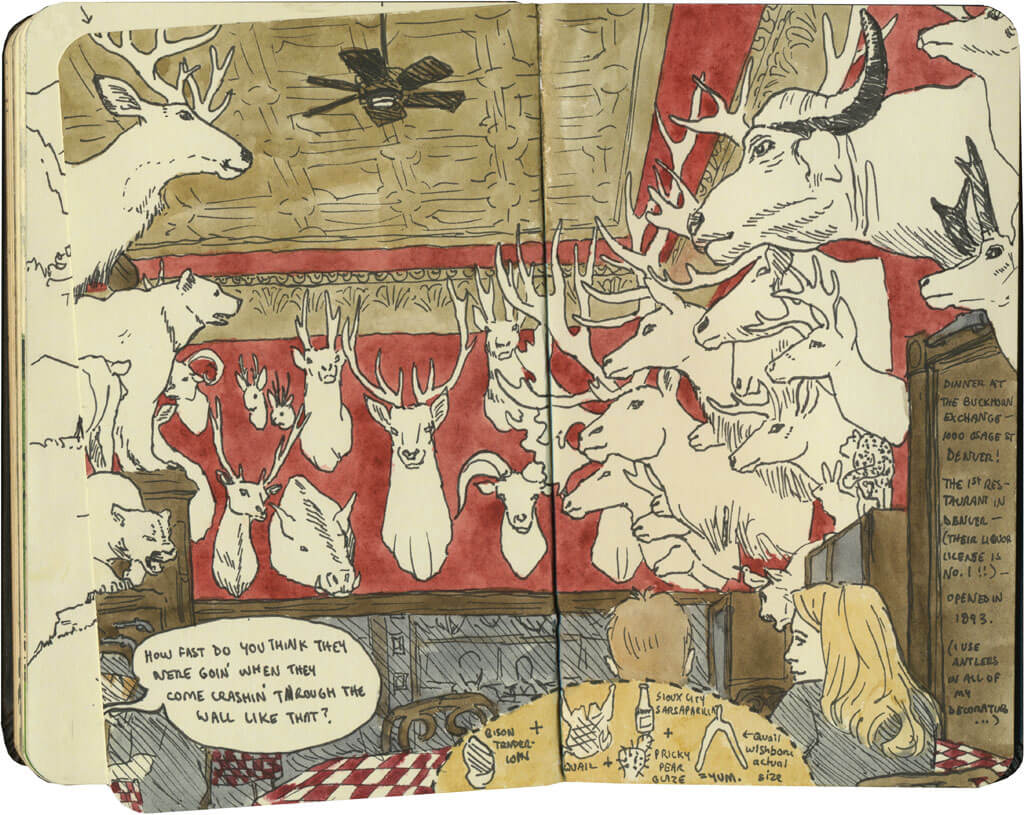
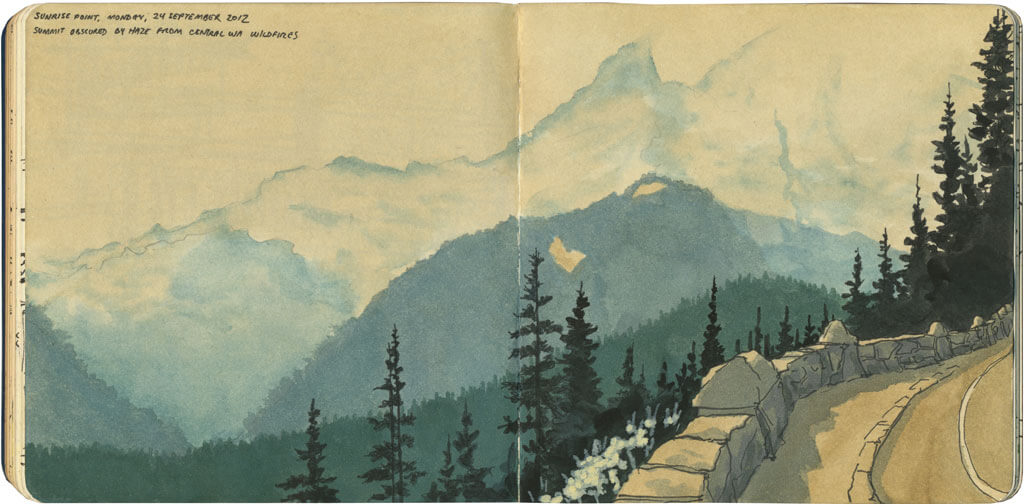
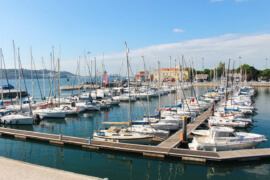
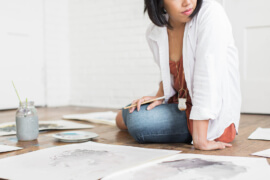
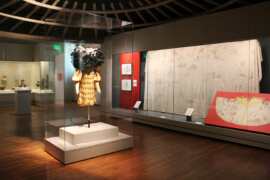
4 Comments
Appreciation to my father who shared with me on the
topic of this website, this blog is actually awesome.
thank you so much!
Its not my first time to go to see this web page, i am visiting this web site dailly and obtain
nice facts from here daily.
Hi it’s me, I am also visiting this web site daily, this web page is genuinely pleasant and the users are in fact sharing nice thoughts.